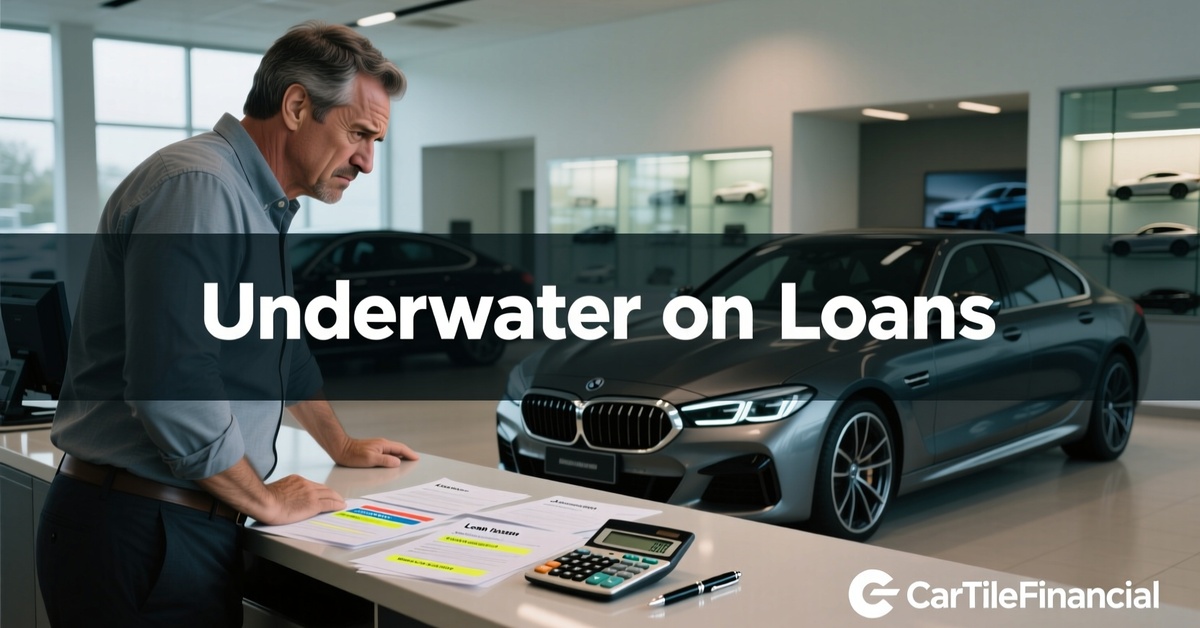Americans are buying new cars. Many are also stuck in a tough spot. They owe more on their car loans than their vehicles are worth. This is a big problem right now.
This trend is growing fast. A lot of new car buyers face “negative equity.” This means their old car is worth less than their loan amount. They roll this old debt into a new, even bigger loan.
High Car Prices and Rising Rates Drive Debt
Car prices stay very high. Also, auto loan interest rates are up. This makes new cars costly. The average new car loan rate is now around 7.4%. Used car rates are even higher, near 11.5%. These rates make payments much bigger.
People take longer loans to lower monthly payments. Many loans stretch to 72 or 84 months. This means you pay interest for a much longer time. The car loses value faster than you pay off the loan. This puts more people underwater. Around 30% of new car trade-ins have negative equity. The average amount owed can be over $5,000. This debt rolls into your next car. This creates a cycle of endless debt. You can check current auto loan rates on sites like Bankrate.
Why People Still Buy New Cars
You might wonder why people still buy. Life needs a car. Many old cars need costly repairs. New cars offer reliability and better safety. They also come with new tech features.
Some car buyers do not know they are underwater. Dealers might not fully explain the rolled-over debt. People want a new car. They focus on the monthly payment. They don’t always see the total cost. This leads to bigger financial risks. The average new car payment is now about $738 per month. For used cars, it’s around $528. These are big numbers for many households. The Federal Reserve tracks consumer debt, showing these trends.
The Risks of Deepening Car Debt
This debt trend is worrying experts. It makes household finances tighter. If you lose your job, car payments become very hard. More people might miss payments. This can hurt their credit score. Lenders could repossess the car.
Experts advise careful planning. Look at your total car cost. Consider a reliable used car instead. Put down a bigger payment if you can. Try to avoid rolling old debt into a new loan. Understand your full loan terms. This protects your money. Stay informed about consumer debt trends from sources like the Federal Reserve. This helps you make smart choices.

